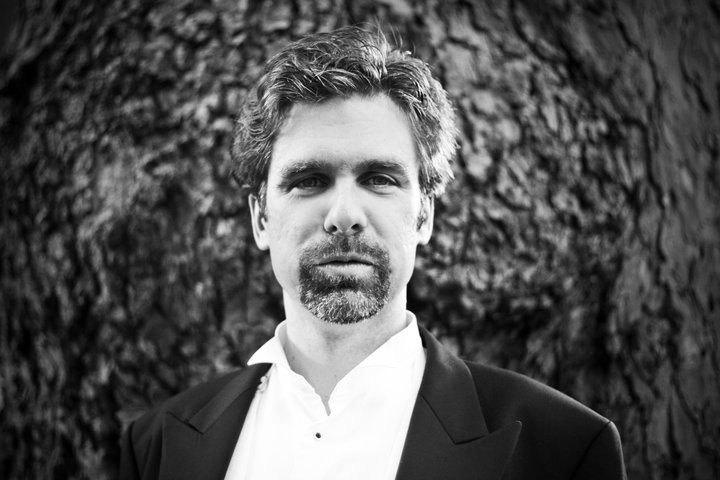
Mozart Requiem, York Musical Society, at York Minster, June 18
THERE was plenty of early evidence that the York Musical Society chorus was in excellent health despite the pandemic, in an evening mainly involving two works Mozart wrote in his last two months. Evidence, too, that its conductor David Pipe has acquired a more confident stance.
In the Requiem, heads were well out of copies for the Kyrie’s double fugue, which held no terrors for the choir, so that the succeeding Dies Irae, where the strings also had to be on their mettle, was stirringly crisp.
The soprano soloist Anita Watson had interjected her ‘Te Decet Hymnus’ very smoothly at the start and it was no surprise that she remained the most relaxed member of the solo quartet.
The bass-baritone Alex Ashworth opened the Tuba Mirum forthrightly enough but lacked real heft at the bottom of his range. Nevertheless, the quartet made a well-blended entity, all four minimising their vibrato: the Recordare was persuasively prayerful; the Benedictus almost as satisfying if more operatic.
The quartet’s inner voices were Kate Symonds-Joy and Peter Davoren. The choir meanwhile was going from strength to strength, with the sopranos benefiting from a white-hot engine-room of keen voices at its core. This paid special dividends whenever they had high entries, notably in the Domine Jesu.
There had been a notably transparent texture when sopranos and altos were duetting in the Confutatis; tenors and basses were marginally less effective, though as ‘lost souls’ they had some excuse. That, and the following Lacrimosa, which had an intoxicating lilt, proved to be the heart of the work, which ended serenely.
The orchestra had its moments too. Throughout the work, the bass line – cellos and double basses – gave the firmest possible foundation, always a bonus for a choir. The trombones had a field day, at once funereal and majestic. The violins, so often hard-worked but under-recognised in Viennese masses, were splendidly attentive, led by Nicola Rainger.
The evening had opened with Haydn’s motet Insanae et Vanae Curae, his late adaptation of a storm chorus from an oratorio on Tobias. It was good to hear its orchestral version, when so often in cathedrals it is organ-accompanied. In truth it got off to a bumpy start but was much more incisive on its repeat, with its gentler F major section bringing tears to the eyes, as it promised balm after woe.
In between the choral works, Jonathan Sage was the highly effective soloist in Mozart’s Clarinet Concerto. His runs were steady, his trills tight, and he offered plenty of light and shade. Playing a basset clarinet – an A clarinet with extension that enlarges the lowest, chalumeau register – he managed a movingly intimate ending to the slow movement. He also injected little touches of ornamentation into repeats during the closing rondo, which positively danced.
David Pipe’s orchestra was with him every step of the way. Indeed, Pipe remained cool and controlled all evening.
Review by Martin Dreyer
